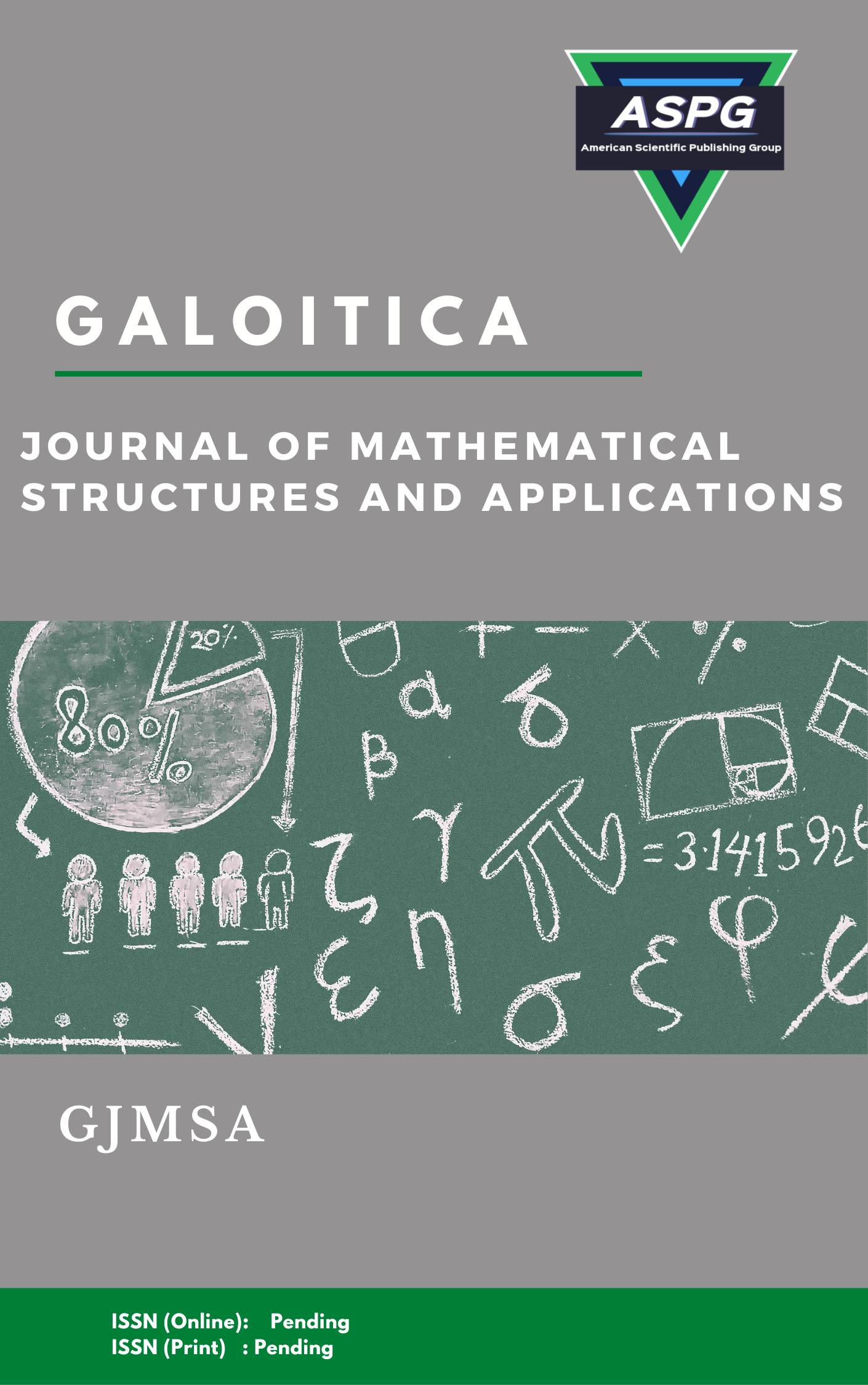

Recently, many researchers paid attention towards exploration of dark data sets. In this process, a problem is addressed while characterization of dark data sets and its representation. One of the suitable examples is cricket data analysis where a match among two team’s likes India-Pakistan does not depends on win, draw or loss. There are many matches where Pakistan (or India) losses the match from any weak team in case India (or Pakistan) get out from the Tournament. These types of hidden or dark uncertainty can be represented via Human quantum Turiyam cognition in four dimensional rather than three-dimensional unconscious set. To understand these types of problems current paper tried to explore the Turiyam set with an illustrative and its distinction from other available sets.
Read MoreDoi: https://doi.org/10.54216/GJMSA.080101
Vol. 8 Issue. 1 PP. 08-19, (2023)
This research presents a new class of probability distributions derived as a hybrid class between alpha power transformation class and Marshall Olkin G class and we call it the hybrid alpha power Marshall Olkin G class of distributions (HAPMOG). Characteristics properties of this new class were derived including moments, moments generating function, characteristic function, reliability and hazard functions, and its probability density function was presented in linear combination. Also, many generated distributions depending on this new class was presented and well-studied including HAPMOG-Exponential, HAPMOG-Weibull, HAPMOG-Freshet. This new class of distributions helps in modelling new forms of data, which has important applications in engineering, communication systems, networks modeling, etc.
Read MoreDoi: https://doi.org/10.54216/GJMSA.080102
Vol. 8 Issue. 1 PP. 20-33, (2023)
Symbolic n-plithogenic algebraic structures are considered as a direct application of fuzzy generalized systems in pure algebra, where the symbolic n-plithogenic set is used to generalize algebraic structures by adding logical generators. In this paper, we study the concept of symbolic 6-plithogenic rings and 7-plithogenic rings from an algebraic point of view, where the main substructures formed by them will be presented such as AH-ideals, AHS-isomorphisms, and AH-kernels. Also, many theorems that explain their algebraic behaviors and classifications will be proved and illustrated.
Read MoreDoi: https://doi.org/10.54216/GJMSA.080103
Vol. 8 Issue. 1 PP. 34-44, (2023)
Weak fuzzy complex number system is considered as a generalization of complex numbers by using an algebraic element with fuzzy property. It is believed that this new numerical system will play many important roles in various computer science disciplines, proceeding from this importance this paper aims to introduce for the first time the algebraic operations defined on weak fuzzy complex numbers using Python and Jupyter Notebook. Hence, by building a new class and its functions in Python for this new set, we can now use weak fuzzy complex numbers and the main arithmetic operations on them.
Read MoreDoi: https://doi.org/10.54216/GJMSA.080104
Vol. 8 Issue. 1 PP. 45-51, (2023)